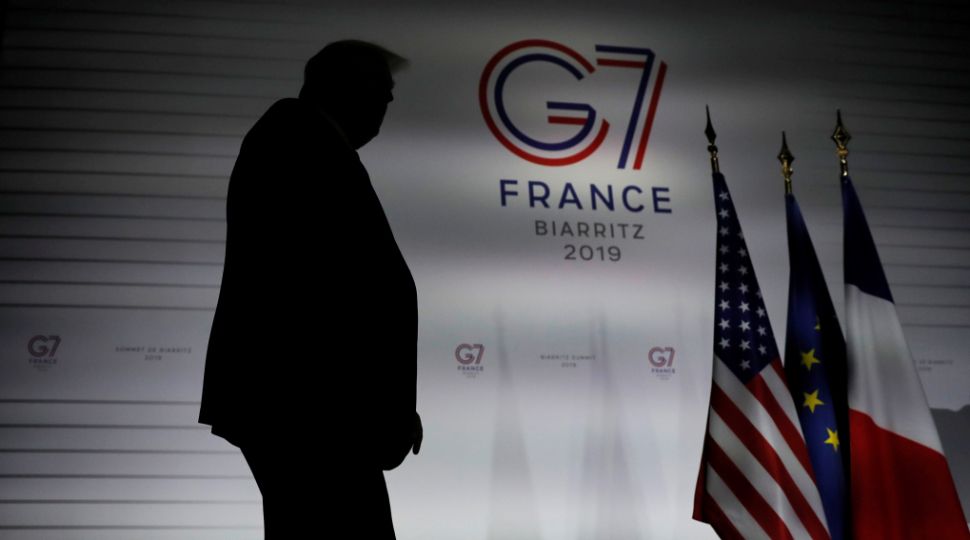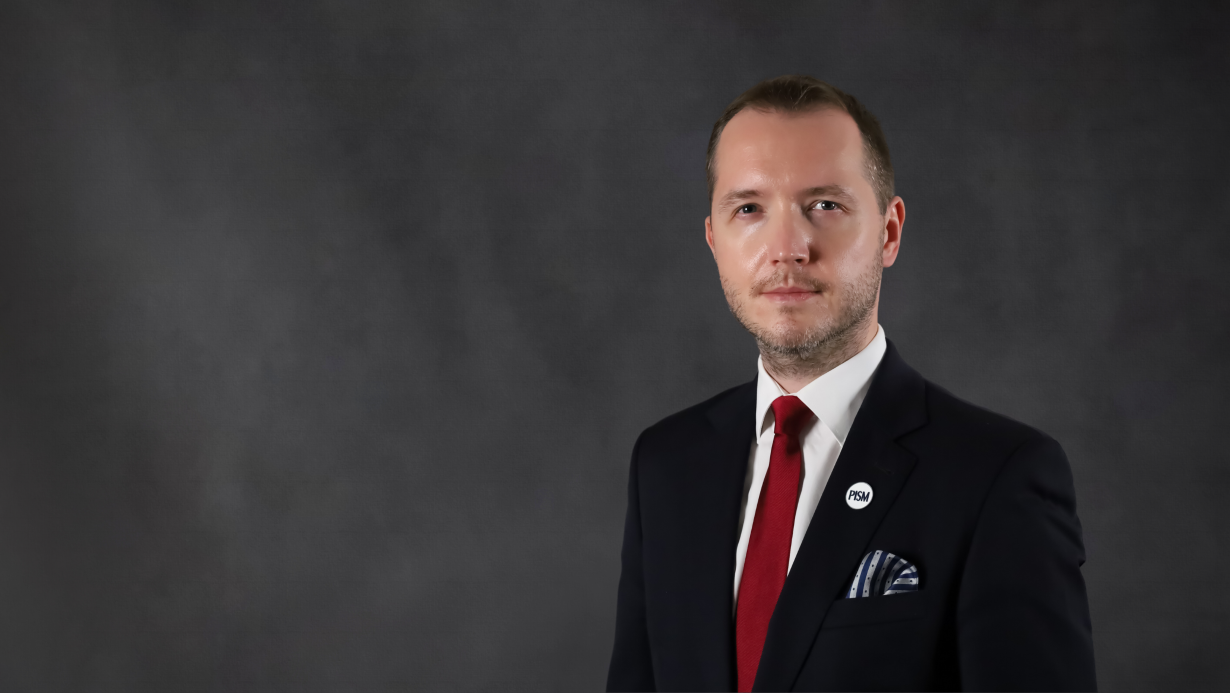G7 Summit in France - Acceptance of Differences

Under what circumstances was the summit held?
The day before U.S. President Donald Trump’s arrival in France, his administration announced an increase in customs duties on $550 billion worth of Chinese imports, escalating the trade dispute and threatening global economic growth. The U.S. has also threatened to impose tariffs on French wines if France maintains a digital tax affecting, among others, U.S. technology companies. Trump also supported Russia’s return to the group (removed after its annexation of Crimea in 2014), which the other members oppose. In addition, the outbreak of wildfires in the Amazon basin prompted French President Emmanuel Macron, host of the meeting and proponent of the Paris climate agreement, to recognize the crisis as one of the summit’s key topics.
What arrangements were made at the meeting?
The summit’s findings are very general, confirming the differences within the group. In the laconic final declaration, the leaders expressed their attachment to an open and fair trade system and WTO reform but did not mention a fight against protectionism. They announced the Normandy-format meeting on Ukraine and called for calm in Libya and Hong Kong. They indicated general objectives for Iran, including preventing it from obtaining nuclear weapons. In addition, they decided to provide financial support (but only $20 million) for countries affected by the Amazon fires. In the “Action Plan for the Sahel region” and the “Biarritz Declaration on the G7 Partnership and Africa”, ??they also announced the group’s commitment to socio-economic development and security in Africa.
What happened on the margins of the summit?
Given the modest results of the summit, bilateral meetings on the summit’s margin were more important. The U.S. and Japan announced that they would soon sign a trade agreement. President Trump’s first meeting with new British Prime Minister Boris Johnson took place, with the leaders discussing trade relations after Brexit. In turn, Trump and Macron agreed joint actions on the digital tax, which France will abolish if international rules are agreed in this respect. The unannounced visit of the Iranian foreign minister, who met with, among others, Macron, was the most talked-about event (Trump did not meet the Iranian representative). The meeting emphasizes the role and determination of France, summit host, to ease tensions in the Middle East.
What could be the future of the G7?
With differences in the group, its ability to solve global problems decreases. Changes in the global economy and the growing importance of emerging markets mean its role has been taken over by the larger G20. Appreciation of the rising position of the new powers is demonstrated by the invitation to this year’s G7 summit to, among others, the prime minister of India.
Next year, the U.S. will chair the group. Given the Trump administration’s reluctance to use multilateral formats, this may mean a further reduction in the scope of the G7’s impact, including a reduction in the range of topics discussed. An invitation to the Russian leader to next year’s summit in the U.S. cannot be ruled out (even without reactivating the G8 format). However, this would probably meet with opposition from other members of the group, contributing to further weakening of the G7’s coherence and effectiveness.




